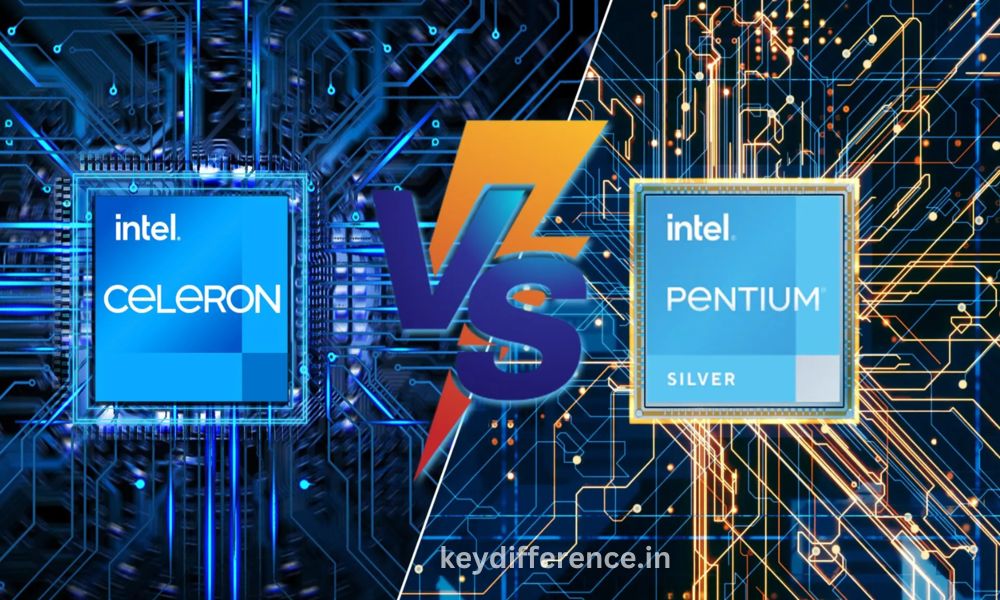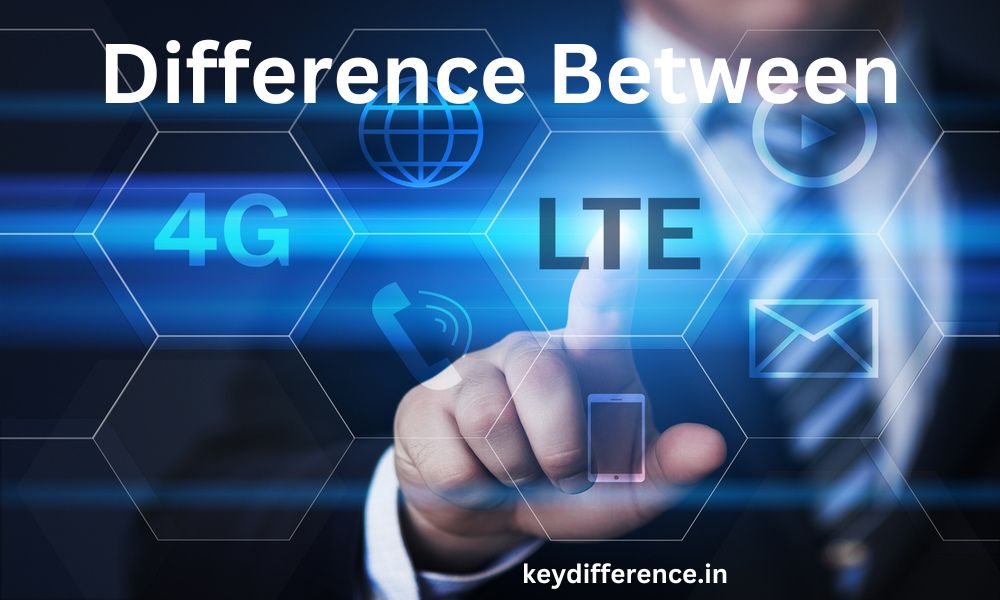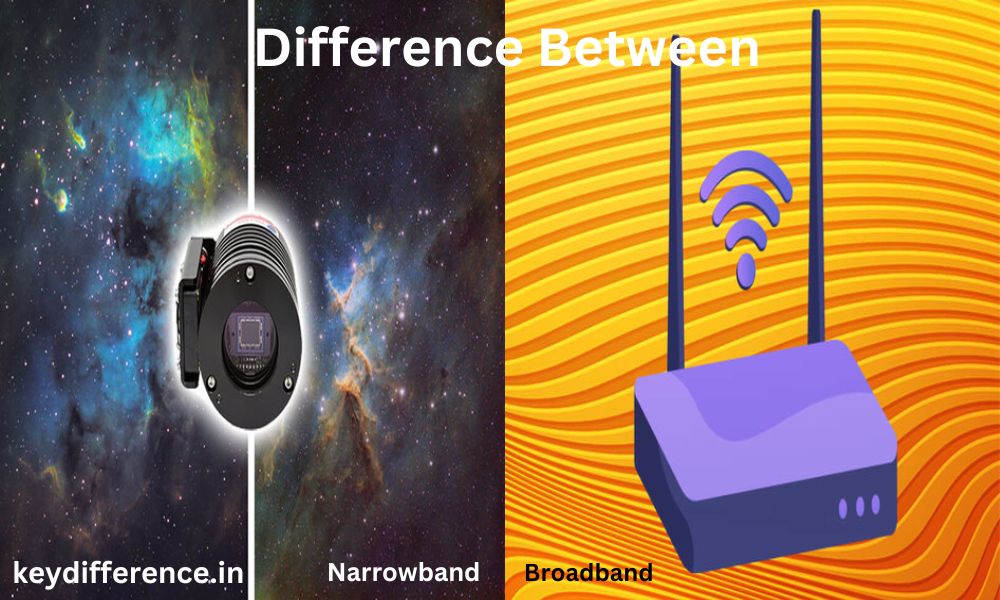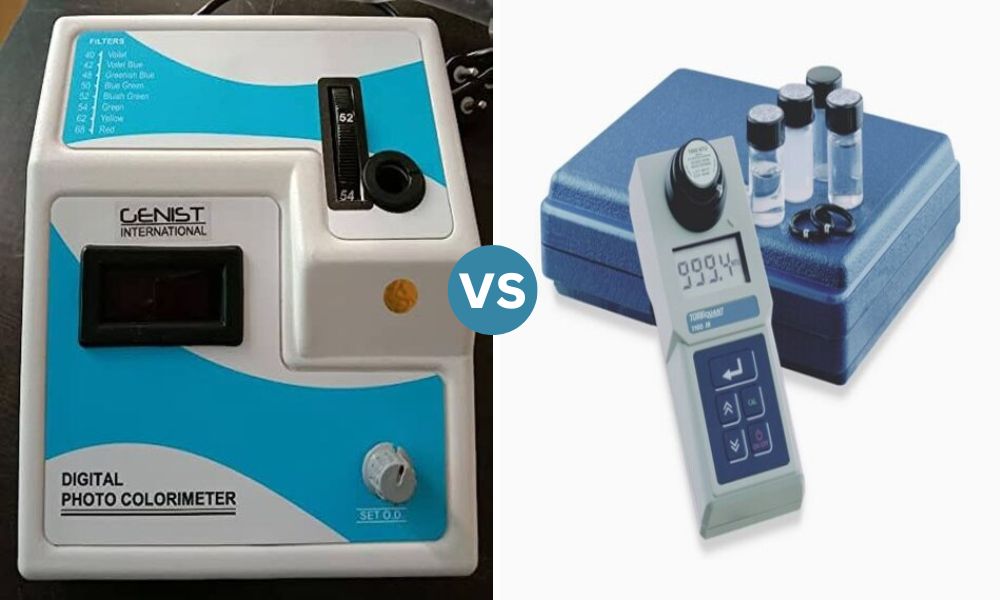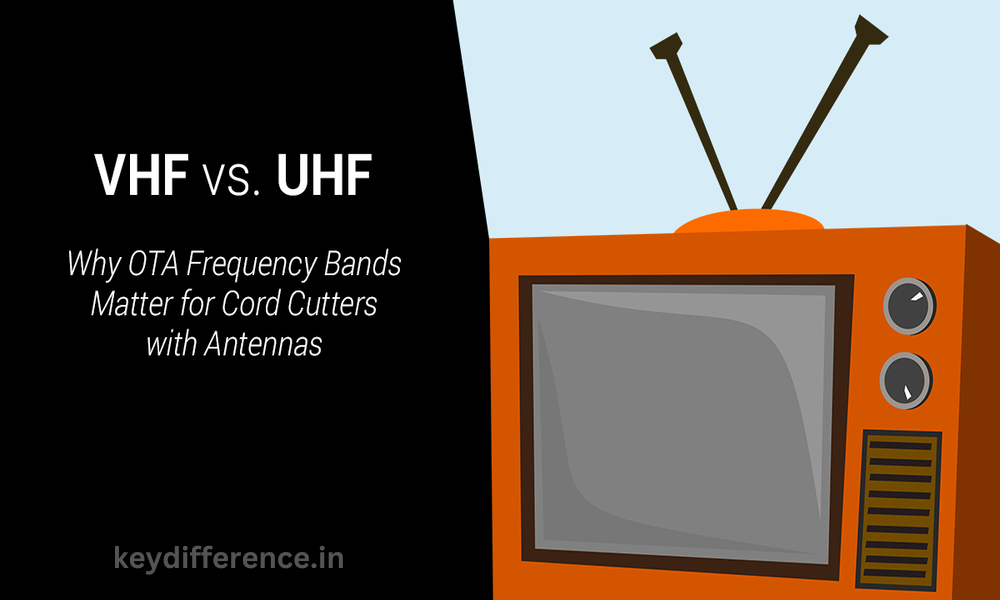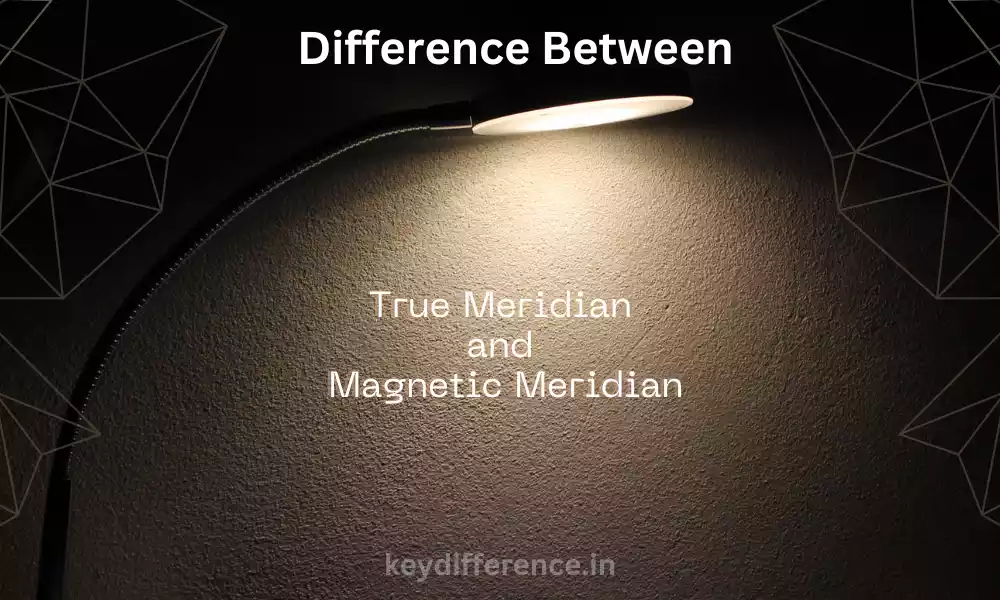Celeron and Pentium Celeron and Pentium, two processor families made by Intel have been the most popular choices for a variety of computing requirements. Knowing the distinctions between them is crucial to making an informed choice regarding the best processor for your system.
The major differences in performance, architecture of the cache, size of the cache graphic processing power cost, and much more give you valuable information to select the best processor for your particular needs and budget.
What is Celeron?
Intel Corporation created Celeron as a budget-oriented processor line, first launched in 1998 as an affordable alternative to their Pentium series processors. Celeron processors offer basic computing performance at a reasonable price point, making them suitable for entry-level systems and everyday computing tasks.
Celeron processors derive their name from the Latin “celer,” meaning swift or speedy. While Celeron may not offer as high a level of Performance compared to Intel’s higher-tier Offerings, they still provide enough Processing power for Common tasks like web browsing, word processing, multimedia playback, and light Multitasking.
Celeron processors are built around Intel’s x86 architecture, the standard instruction set architecture of most personal computers. Celeron chips typically go through similar manufacturing processes as other Intel processors but may have certain features disabled or reduced to differentiate them from higher-end models and allow Intel to offer them at lower price points.
Celeron processors have undergone continuous development over time, each generation providing incremental upgrades in performance, power efficiency, and features. While early Celeron chips were mostly intended for entry-level desktop systems, today they can be found in laptops, Chromebooks, all-in-one computers, and small form factor PCs.
Note that Celeron processor features and performance vary by generation and model. Newer Celeron models often offer Faster clock speeds, larger cache sizes, and improved Integrated graphics capabilities over previous Generations compared to their predecessors; however, they still tend to feature fewer cores than Intel’s higher-tier offerings such as Core i3, i5, and i7 processors.
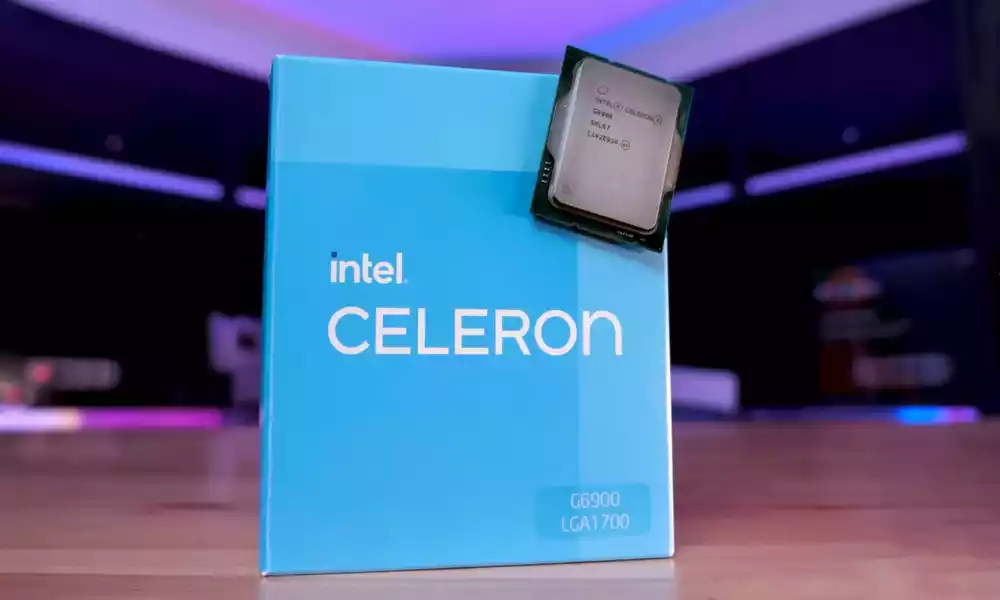
What is Pentium?
Intel Corporation uses Pentium as the brand name of their mid-range processors that fall in their CPU lineup. Pentium processors balance performance and affordability to meet various computing tasks such as productivity, multimedia playback, and moderate gaming.
Intel first introduced its Pentium brand of processors in 1993 as an upgrade from their 486 line. Its name, taken from Greek “pente,” which translates to five, signified its significant advancement over previous generation processors.
Pentium processors are built around Intel’s x86 architecture, the industry-standard instruction set architecture of most personal computers. Their goal is to deliver higher Performance than entry-level Celeron series Processors while Remaining more Affordable than their higher-end Core i3 or i5 siblings.
Pentium processors Typically offer higher clock speeds, more cores, and larger cache sizes when Compared to Celeron models. Furthermore, these chips often boast improved graphics capabilities which make them suitable for multimedia tasks and casual gaming – but may not provide as much performance compared to higher-end Intel Core processors designed to handle more demanding tasks such as content creation, gaming and professional workloads.
Since their introduction, Pentium processors have seen several generations, each one bringing improvements in terms of performance, power efficiency and features. They are commonly found in mid-range desktops, laptops, all-in-one computers and small form factor PCs and are popular among those seeking an economical combination of performance and affordability for tasks such as web browsing, productivity software such as media streaming or light gaming; general multitasking tasks or general web browsing among others.
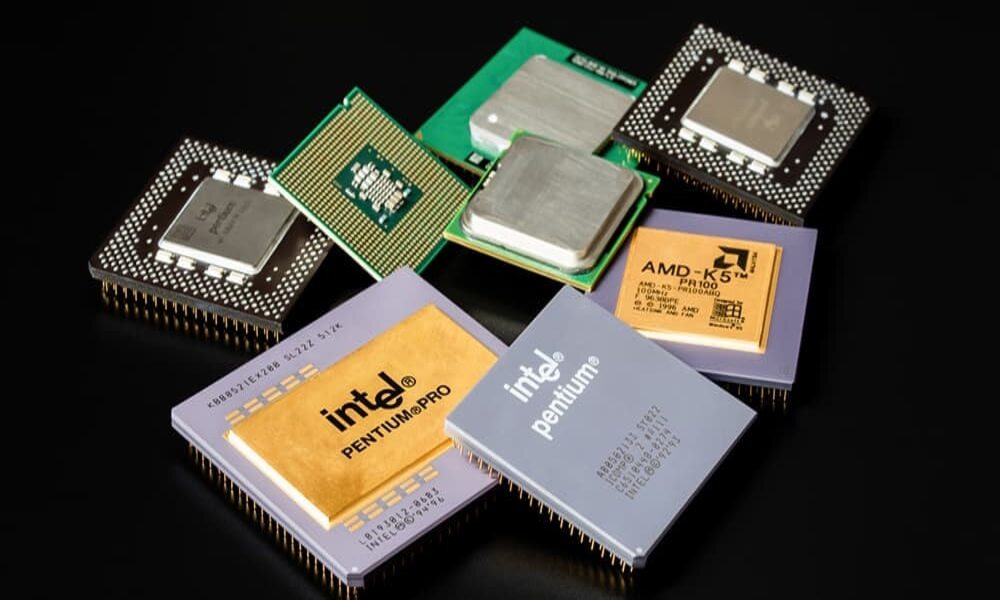
Which processor is right for you?
Finding the appropriate processor between Celeron and Pentium depends on your unique needs, budget, and usage requirements.
Here are some tips to assist with making an informed decision:
Basic Computing Needs: If your primary usage of your computer includes web browsing, emailing, word processing, and multimedia playback then a Celeron processor could meet all your needs. Celeron processors offer adequate performance while being more budget friendly than their counterparts.
Mid-Range Performance: For tasks such as productivity applications, multimedia editing and casual gaming that demand both performance and affordability, Pentium processors may be ideal. They typically provide higher clock speeds, more cores and larger cache sizes compared to Celeron models; providing noticeable increases in performance.
Multitasking and Resource-Intensive Applications: If you use resource-intensive applications such as 3D modeling software or video editing on a regular basis, an Intel Core i3, i5, i7 may be a good choice for you.These Models offer Greater Performance than Celeron or Pentium Models.
Budget Considerations: Celeron processors tend to be more cost-effective than Pentium models, making them an excellent option for those on a tight budget who prioritize cost effectiveness over performance. A Celeron can provide ample performance without breaking the bank!
Future Upgradeability: Consider both your future needs and system’s upgradability when planning for upgrades in the future. Pentium chips may be more suitable if you are planning to upgrade to more powerful components or run more demanding applications in the future.
Your choice of processor ultimately depends on your intended tasks, budget, and upgrade plans. To select the perfect model for you, it is wise to compare specifications, performance benchmarks, pricing of various Celeron and Pentium family processors until one emerges as ideal for you.
Comparison Table of Celeron and Pentium
Here’s a comparison table highlighting the key differences between Celeron and Pentium processors:
| Aspect | Celeron Processors | Pentium Processors |
|---|---|---|
| Performance | Basic computing performance | Balanced performance for mid-range tasks |
| Architecture | Based on Intel’s x86 architecture | Based on Intel’s x86 architecture |
| Core Count | Fewer cores | More cores |
| Clock Speed | Lower clock speeds | Higher clock speeds |
| Cache Size | Smaller cache sizes | Larger cache sizes |
| Graphics Capabilities | Basic integrated graphics | Enhanced integrated graphics |
| Power Efficiency | Generally lower power efficiency | Generally higher power efficiency |
| Target Market | Entry-level systems, budget-friendly devices | Mid-range systems, moderate gaming |
| Pricing | Lower price range | Higher price range |
| Availability | Widely available | Widely available |
Please note that the specifics of each aspect can vary across different generations and models of Celeron and Pentium processors.
It’s important to consider the specific specifications and features of each processor within their respective families to make an informed decision based on your requirements and budget.
Importance of understanding the differences between Celeron and Pentium
Understanding the differences between Celeron and Pentium processors is essential for several reasons. For starters, understanding their specifications could save time when making purchases; moreover, understanding these distinctions allows you to better navigate a market in which both are present.
Celeron & Pentium Processors: It’s easier to have Realistic expectations for your Computing experience when you understand the Differences between Celeron & Pentium Processors. Understanding their limitations and capabilities enables you to determine if each one can manage your desired tasks effectively – saving yourself the frustration associated with using an underpowered or overpriced model for your specific tasks.
Cost-Effectiveness: Understanding the differences in pricing between Celeron and Pentium processors can play a huge part in your purchasing decision, as their prices differ drastically. By understanding them and matching the processor to your budget constraints and desired level of performance you can ensure you’re receiving maximum value for your dollar.
Application Suitability: Various processors are designed to excel in specific use scenarios, and by understanding the distinctions between Celeron and Pentium processors you can identify which is more suited for your intended applications – be they basic computing, multimedia editing, casual gaming or another task altogether. With this knowledge in hand you can make an informed decision as to the processor that best serves your purposes!
Future Upgradability: Knowing the differences between Celeron and Pentium processors also allows you to consider future upgrade opportunities. If you anticipate needing additional performance or upgrading your system in the future, knowing each processor line’s limitations helps make an informed decision that supports your long-term goals; choosing one with enough headroom allows for future upgrades or advancements of computing needs.
User Experience: Your processor plays an essential role in the overall performance and responsiveness of your computer system. By understanding the differences between Celeron and Pentium processors, you can select one that provides an enjoyable computing experience suited specifically to your requirements; this means smoother multitasking, quicker application responsiveness, better overall system performance, as well as greater overall system satisfaction for a more enjoyable computing experience.
Understanding the Differences between Celeron and Pentium Processors enables you to make an Informed decision when selecting one that will meet your Performance needs, budget constraints, Application needs, upgrade plans and future Upgrade needs.
Furthermore, understanding these distinctions equips you to select a processor which enhances your computing experience while offering the greatest return for investment.
Advantages and disadvantages of Celeron processors
Advantages of Celeron Processors:
Affordability: Celeron processors tend to be more budget-friendly Compared to higher-end models, making them an Affordable solution for users seeking basic Computing Performance at lower costs.
Power Efficiency: Celeron Processors typically consume less power and Generate less heat, leading to improved power Efficiency for laptops and other low-power Systems.
Everyday Computing Tasks: Celeron processors offer ample performance for everyday computing tasks like web browsing, emailing, word processing and multimedia playback. They are equipped with basic apps and provide satisfactory user experiences during common activities.
Available Solutions: Celeron processors are widely accessible on the market. These Versatile chips can be found in Laptops, desktops, and all-in-one Computers – making them easily Affordable solutions for users looking for value in Computing solutions.
Disadvantages of Celeron Processors:
Limit Performance: Celeron Processors typically feature lower clock speeds, fewer cores, and smaller cache sizes Compared to higher-tier Processors; this may lead to reduced performance that limits their ability to tackle more Demanding tasks or Resource intensive Applications.
Multitasking Capability: Due to their lower specifications, Celeron processors may experience difficulty multitasking or running multiple applications concurrently resulting in slower performance or potential lagging scenarios. This could potentially decrease overall efficiency.
Gaming and Graphics: While Celeron processors typically include integrated graphics, they’re not built for intensive gaming or graphics-intensive tasks such as rendering complex images and running modern games smoothly – making them unsuitable for gamers or professionals in graphic design fields.
Limited Upgradability Options: Celeron processors tend to be designed for ease of upgrades or overclocking, and therefore have limited potential to support future processor upgrades without replacing an entire system.
They may be soldered onto motherboards or have compatibility issues with higher-end components which makes upgrades harder in terms of price or compatibility. This limits upgrade potential.Celeron processors offer an economical solution to basic computing needs and are ideal for users with moderate needs and budget restrictions.
However, their limitations in terms of performance may preclude their use in resource-intensive tasks or advanced applications; to make an informed choice before choosing one of these Celeron models it’s essential that your expectations and usage requirements align.
Advantages and disadvantages of Pentium processors
Advantages of Pentium Processors:
Pentium chips offer an ideal blend of affordability and performance. Their more powerful performance compared with Celeron processors makes them well suited for daily computing tasks, including multimedia editing, productivity software applications and moderate gaming.
Clock Speeds and Cache Size: When compared with Celeron processors, Pentiums offer faster clock speeds and larger cache sizes that translates to improved performance, faster data processing speeds, and responsiveness.
Pentium processors typically feature integrated graphics for enhanced multimedia performance and casual gaming, making them superior alternatives to Celeron processors when it comes to handling graphics-intensive apps. Although not as powerful, Pentium CPUs still manage graphics intensive applications more efficiently than their Celeron counterparts.
Pentium Processors Are Widely Available: Pentium processors can be found in numerous laptop and desktop models, making them easily accessible for those seeking mid-range processors that provide a good balance between performance and price.
Pentium Processors have their share of disadvantages:
Pentium Processors Do Not Suit High-End Applications: Pentium processors are intended for mid-range tasks and may not provide the performance required by intensive applications like professional video editing, advanced gaming, or resource intensive software development.Pentium processors tend to be more powerful than Celeron models, yet often costlier, which makes them less attractive to those on tight budgets.
Pentium processors may offer limited overclocking potential when compared with higher-end counterparts, as overclocking refers to increasing the clock speed for improved performance. If you want to incorporate this task into your system, the ideal processors would be those designed specifically for it.
Future Upgrade Considerations: While Pentium processors offer greater performance compared to Celeron ones, they may have limitations regarding future upgradability. Depending on your specific model choice, upgrades within the same processor line may be limited and moving up tier may necessitate replacing your entire system.
Consider your individual needs, budget and performance requirements before deciding if a Pentium processor is appropriate for you. Carefully weigh up its advantages and disadvantages along with how you intend to use and upgrade it later before reaching an informed decision.
Intel Branding: Both Celeron and Pentium processors are part of Intel Corporation’s lineup of processors that have gained wide renown and trust among professionals within the industry.
Intel’s x86 Architecture: Celeron and Pentium processors both utilize Intel’s industry-standard instruction set architecture (ISA), the x86. This ensures compatibility with various software applications and operating systems.Intel Celeron and Pentium Processors are produced using similar processes as other Intel processors, typically employing advanced semiconductor technologies for fabrication in order to maximize performance while decreasing power consumption.
Integrated Graphics: Both Celeron and Pentium processors commonly come equipped with built-in graphics capabilities. While specific models may offer differing levels of graphics capabilities, all allow users to perform basic multimedia tasks or casual gaming without a separate graphics card.
Celeron and Pentium processors are widely utilized across a range of computer systems, from laptops and desktop PCs to all-in one PCs. Their wide availability offers users plenty of choices when selecting systems featuring either processor.Note that similarities may differ across various generations and models of Celeron and Pentium processors, so it’s essential to review their specifications and features to ensure they match up with your specific requirements.
Shared architecture and technology
Celeron and Pentium processors from Intel Corporation share an underlying architecture and technology platform, making these processors extremely similar in many respects.
Here are some key aspects of their common architecture and technology:
Intel’s x86 Architecture: Both Celeron and Pentium processors utilize Intel’s x86 architecture as their basis, the foundation of many modern personal computer processors. This standard ensures compatibility with various operating systems and software packages – making these versatile options for users.
Instruction Set Architecture (ISA): Celeron and Pentium have a common instruction set, which defines the instructions that a CPU is capable of executing. Software developers can create applications that run on both processors without major modifications.
Manufacturing Process: Celeron and Pentium processors are manufactured using similar semiconductor manufacturing processes, employing advanced technologies like nanometer-scale transistor fabrication to produce smaller and more efficient processor components that improve performance, power consumption efficiency and overall functionality. This helps increase performance, power savings and overall functionality.
Advanced Technologies: Both Celeron and Pentium processors from Intel feature several advanced technologies, including Intel Turbo Boost which dynamically increases processor clock speed when needed for improved performance, as well as Intel Virtualization Technology which facilitates efficient virtualization of computer resources.
Integrated graphics: Celeron or Pentium processors often come equipped with integrated graphics processing units for optimal graphics processing performance.These GPUs provide basic graphics capabilities for video playback, light gaming, multimedia editing and other tasks without needing a separate graphics card.
Celeron and Pentium processors may differ significantly in specifications and performance levels across their product lines, yet their common architecture and technology provide users with some degree of compatibility and familiarity.=This ensures software and hardware developers can target both processors for development as well as ensure some degree of interchangeability/upgradability within compatible systems.
Compatibility with software and peripherals
Celeron and Pentium processors share an identical x86 architecture, offering greater compatibility between software applications and peripherals.
Here is more information regarding their compatibility:
Software Compatibility: Celeron and Pentium processors are designed to work with an extensive variety of software programs, running popular operating systems like Windows, macOS and Linux as well as supporting productivity suites, web browsers and multimedia players – among many others.As both processors share an x86 architecture, software developers typically target this architecture when designing applications to ensure they work across both Celeron and Pentium processors.
Operating System Compatibility: Celeron and Pentium Processors are designed to work Seamlessly with popular operating systems like Windows 10, macOS, and Linux Distributions – making it simple for users to install their favorite OS on systems powered by Celeron Processors.
Peripheral Compatibility: Celeron and Pentium processors support an expansive selection of peripheral devices, such as keyboards, mice, printers, scanners, external storage devices and more.Compatibility with peripherals does not depend on the processor itself but instead is determined by system architecture, operating system support and driver compatibility; peripherals that work with systems powered by Celeron or Pentium processors will generally work when coupled with systems powered by these processors.
Graphics Card Compatibility: Both Celeron and Pentium Processors support add-in graphics cards, Providing users with the option to Enhance their system’s graphics Capabilities for gaming, video editing, or other graphics-Intensive tasks.raphic card Compatibility primarily depends on Expansion slots such as PCIe available on a Motherboard as well as Compatible drivers available for their operating system.
Note that while Celeron and Pentium processors provide compatibility with software and peripherals, their performance capabilities may differ depending on the software or peripheral you use.o achieve optimal Performance, more Powerful Processors like those from Intel’s Core i3, i5, i7 or i8 series may be Necessary. When choosing between Celeron and Pentium processors it is important to keep in mind your requirements as these may differ significantly.
History and Development
Celeron: Intel first introduced their Celeron processor line as an affordable entry-level option in 1998 as part of their budget-minded computing solution, drawing inspiration from Pentium II architecture with certain features disabled or scaled back in order to reduce production costs and provide affordable processing power without compromising compatibility with x86 instruction sets or software applications.
Over the years, Celeron processors have gone through numerous generations, each featuring advances in manufacturing technology and architectural improvements. Newer generations include faster clock speeds, better power efficiency and enhanced graphics capabilities.
Intel first released its Pentium processor in 1993 as an evolution of their 486 processor. The Pentium P5 architecture marked a landmark achievement for Intel processor development by offering both increased performance and power efficiency over prior models.
Since its initial release, the Pentium line has gone through various generations, each marked by improvements in performance, power consumption and feature sets. These generations include Pentium Pro, Pentium II, Pentium III and later Pentium 4 processors before becoming Pentium D and Dual-Core models.
Intel recently revamped its Pentium brand to meet the needs of mid-range consumers by transitioning to more power-efficient architectures, improving graphics capabilities and increasing overall computing performance.
Parallel Development:
Over their histories, Celeron and Pentium processors have experienced parallel development, sharing architectural and technological advancements. Both lines have taken advantage of advances in semiconductor manufacturing techniques that enable increased transistor density, lower power usage and enhanced performance.
Intel has steadily evolved its product lineup to meet the diverse needs of consumers. Offering various price and performance levels across Celeron and Pentium processors allows users to tailor their choice according to individual specifications and budget considerations.
Intel has done extensive research and development work in its Celeron and Pentium processor lines to improve performance, power consumption, feature sets and user experience with every iteration of these processor families. Intel’s ongoing R&D efforts aim to advance performance, power consumption and feature set capabilities in each new iteration of these processor families.
Considerations for choosing between the two processors
When choosing between Celeron and Pentium processors, several factors need to be kept in mind when making your decision. These considerations will help identify which model best meets your individual needs and requirements.
Below are a few key ones:
Budget: Celeron processors tend to be less costly than Pentium ones, making them ideal for limited budgets that need basic computing for everyday tasks such as email. If your budget can accommodate higher-performance Pentium chips then they might also be worth considering.
Intended Uses: Consider what tasks you intend to use your computer for before selecting an ideal processor. Celeron processors are suitable for basic computing needs like web browsing, email, word processing and multimedia playback; for more demanding tasks such as moderate gaming, multimedia editing or running multiple applications simultaneously a Pentium processor may provide superior performance.
Determine Your Performance Needs: Determine what level of performance is necessary from your processor. Celeron processors offer lower clock speeds, fewer cores, and smaller cache sizes compared to Pentiums; thus if faster processing speeds or improved multitasking are a must for you then perhaps Pentium would be a more appropriate option.
Future Upgrades: Take into consideration your future upgrade needs when considering which processor to purchase. Celeron processors tend to have limited upgradability as they were designed primarily to meet basic computing needs, and may not support higher-end components or future processor upgrades. If you anticipate needing more advanced computing capabilities in the near future, the Pentium may offer greater flexibility for potential upgrades.
Graphics Requirements: When it comes to casual gaming or multimedia playback, both Celeron and Pentium processors often include integrated graphics; however, Pentium CPUs tend to offer superior graphics performance due to more powerful GPUs integrated into them.
Power Efficiency: For laptops or systems prioritizing energy efficiency, Celeron processors may provide better power consumption and less heat generation compared to Pentium chips. This can make Celerons the more desirable choice.
Recommendations and Reviews: Before making your final choice, conduct research into user reviews, benchmarks, and expert recommendations of both Celeron and Pentium processors in terms of user experiences and performance. This will enable you to make an informed decision based on real world usage scenarios and feedback.
At the core, choosing between Celeron and Pentium processors comes down to your individual needs, budget and performance requirements. When making this decision, be mindful of both processor’s capabilities and limitations so as to find one which best meets them.
Conclusion
Intel offers two distinct processor product lines; Celeron and Pentium processors fall under their respective umbrellas. Celeron processors offer budget-conscious shoppers entry-level computing at an accessible price point while Pentium models combine performance and affordability, making them suitable for midrange computing tasks.
Before choosing between Celeron and Pentium processors, it’s essential to carefully consider your budget, usage preferences, performance needs, upgrade plans and power efficiency preferences. Assuming you understand all the differences, similarities, and advantages, making an informed choice should not be difficult.

